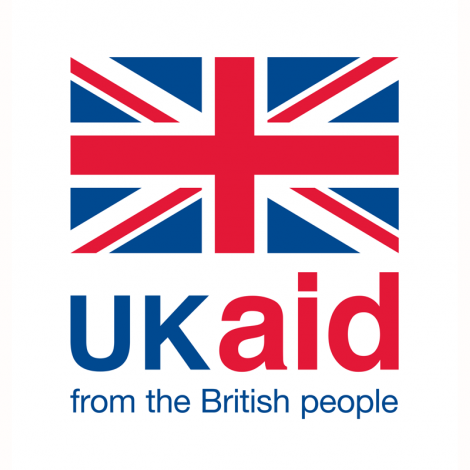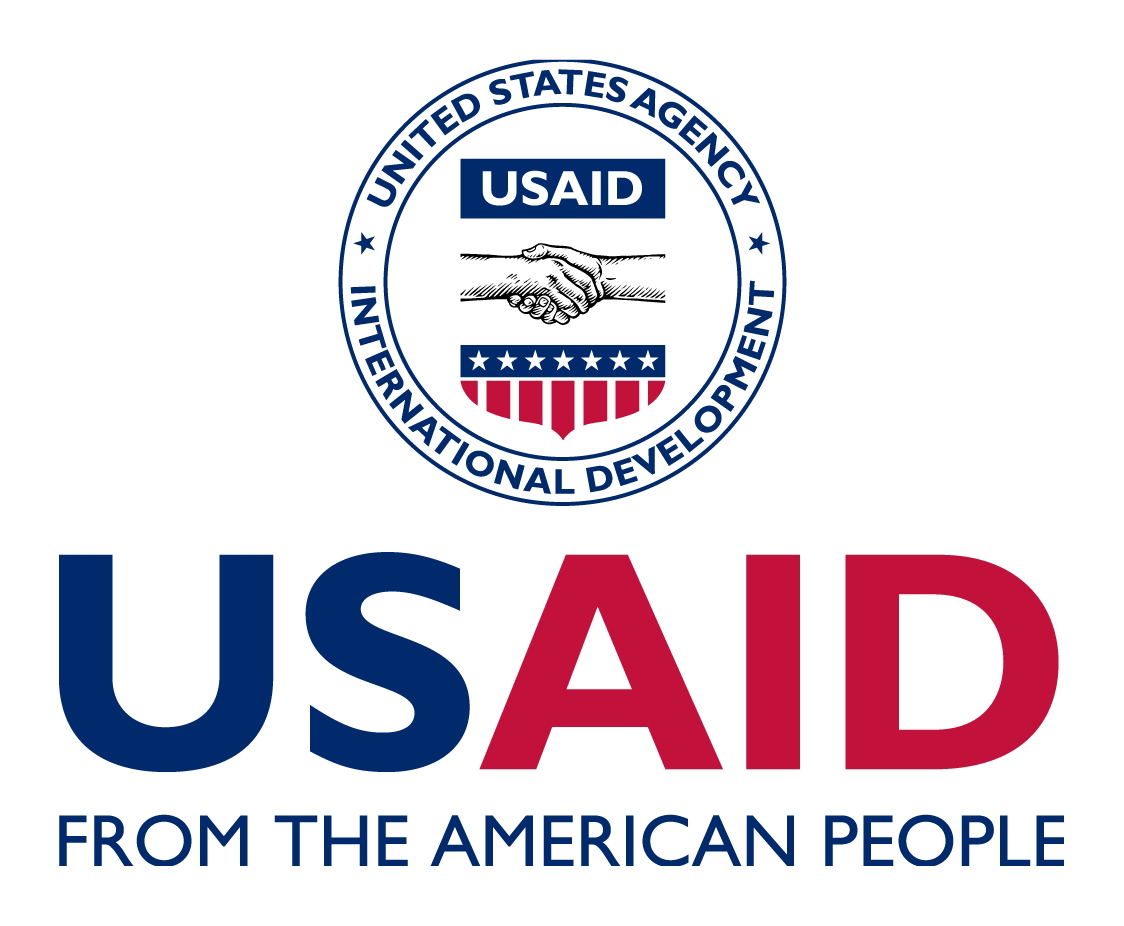ihris
Open source human resources management for low resource settings.Managing Human Resources in the DRC
In the Democratic Republic of Congo managing human resources information is a complex process with numerous complications arriving from all levels of the health system including duplication of data, lack of control for staff movements, and differing data formats that are often not up to date. iHRIS is an easy to use, open source, free software that is centrally accessible online or by a local network and has interoperability with other open source software, such as DHIS2. The system captures high quality data on health worker numbers and demographics, skills, qualifications, and locations and is presented in one format, which produces identical data everywhere in real time. This allows for control of staff and staff movements. The system also provides harmonization with the budget and allows for reporting to be developed and disseminated at the provincial level.
66,343
health workers were registered in the iHRIS database in four provinces during ASSP.
Our Approach to Human Resources information
The process of data collection began by engaging health workers at all levels and ensuring political commitment at the highest level in the MOH. A situational assessment of the current state of health worker organization was performed and, drawing on lessons learned during this process, a national strategy for data collection was defined. After preparing the program both technically and logistically, our teams set out to collect biometric data, which was then compiled and verified.
iHRIS in Motion
During year five of ASSP, health worker data for Kasaï, Kasaï Central, Maniema, Nord-Ubangi, and Kinshasa was continually updated, as Health Zone Management Teams conducted thorough reviews of the iHRIS database as a regular part of their operating procedures. This process provides the basis for keeping the iHRIS database up to date and ensures use of the database in developing the annual reports called “annuaires” which are now the basis of the indicator.
ASSP also continued activities with the Workload Indicator for Staffing Need (WISN) to support a systematic analysis of iHRIS and health statistics data to make decisions on health workforce planning, in terms of the number of health workers needed at various levels of the health system. ASSP has assisted with finalizing service statistic data collection for WISN and run a preliminary analysis of the WISN results. ASSP also, via iHRIS, created a “WISN Loader” to ensure error-free importation of iHRIS data into WISN software.
Key Achievements
Five Provinces
All five provincial health departments are now using human resources statistics from iHRIS to develop the HR Annuaire, the human resources planning document, each year.
health worker identification
The health worker identification process has now been completed in four provinces: Kasai, Kasai-central, Maniema and Nord-Ubangi, where 66,343 employees have been registered.
Primes de Risque
There were 5,062 employees on the national budget payroll listing, costing CDF 300,843,629, about $180,000 per month. Using the data captured by iHRIS, 2,124 (42%) phantom employees were not found in the iHRIS database. These phantom employees were costing CDF 72,420,937, about $44,000 per month. These funds have been reallocated to the staff of health workers.
Salaries
There were originally 3,380 employees under the budget payroll listing, costing CDF 282,369,071, about $171,000 per month. 2,453employees were confirmed in the two databases, of which 927 (27%) were phantom workers not found in the iHRIS database, costing CDF 77,412,292, about $48,000 per month. Staff of health workers covered by reallocation of funds: 781 (CDF 64,444,896, or about $40,000 per month).
Retirement Planning
Another key achievement has been the sharing of iHRIS data between the MOH and the Ministry of Public Service (MPS) for retirement planning. It was found that 356 health workers in these five provinces were eligible for retirement in 2017. The MPS will also use iHRIS, with financing from the World Bank, as part of the Rajeunissement des Agents de l’Administration de la Fonction Publique.
Other Uses
The iHRIS database is also currently being used to elaborate HR directories for DPS Kasaï, Maniema and Nord-Ubangi, training of provincial level data managers and managers on the use of iHRIS data on a daily basis for decision-making, utilisation des données iHRIS for the retirement of health workers, and to regularize agent files without assignment commission.
read more about our work in human resources
Publications

Health Workforce
IMPACT: iHRIS during ASSR - June 2022 (pdf)
iHRIS Program Brochure - September 2019 (English version) (version française)
No Results Found
The page you requested could not be found. Try refining your search, or use the navigation above to locate the post.
QUICK CONTACTS
Recent Posts
Implant Method in DRC: A Family Planning Success Story
Spreading the Word about the Implant Method in DRC.News is spreading about the implant method in DRC. The families featured in this article are partly to thank. The stories below are just a snapshot of the impact the implant has made on the lives of families using the...
Implants Create Opportunity in DRC: A Family Planning Success Story
Julienne is one of the many women we celebrate during International Women’s Month. She is a shining example of how implants create opportunity in DRC. She is a 43-year-old mother of four and a force to be reckoned with! Julienne and her husband had three children when...
Safe Delivery App Helps Health Workers Respond To Emergencies In DR Congo
Dr. Nancy Bolan knows how important it is for health workers to have up-to-date information when responding to a maternal or newborn emergency at a clinic in the Democratic Republic of Congo. While serving as a deputy country director for IMA World Health in DRC from...


